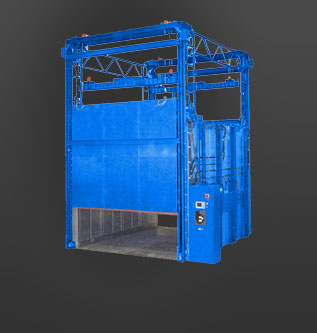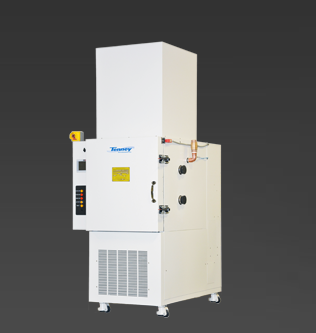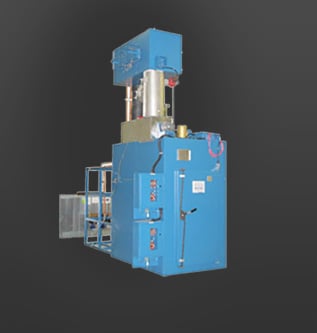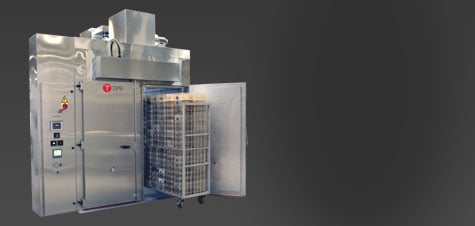
Think : Thermal : The Dining Experience - Part Two
Posted on October 31, 2017 in Blog

As a continuation of our series focused on the dining experience and the role thermal processing plays in our daily lives, we bring you Part Two. In this blog post, you'll learn how the use of heat goes far beyond cutlery. In part two we will discuss how thermal processing is used to increase durability in tableware such as cups, plates and saucers so they can withstand years of use.
The tableware we use daily is commonly made of a ceramic material. The ceramic material used may vary and can be porcelain, stoneware, earthenware, or pottery. By definition, ceramic refers to a product that is designed of a mineral, such as clay, and is nonmetallic. The differences between one type of ceramic tableware and another are largely limited to the clay that is used in its manufacture as well as the temperature at which the clay is fired during the manufacturing process.
During the manufacturing process, the ceramic material used needs to be dried, typically using convection heat to remove the moisture. After the drying process, the ceramics are put through an additional thermal processing step for additional drying needed to remove any residue. Once the ceramic is fully dried it goes through a high temperature glazing process to set the coating to the ceramic which is then followed by a firing or sintering process.
Depending on the manufacturer, even after all the heat processing mentioned above, there may be additional thermal processing to meet required tolerance criteria for items such as internal or surface stress levels. One of these additional processes may be annealing the ceramic in a high temperature oven and then cooling it to release the stress created from finishing processes. Any additional coatings applied to the ceramic may need to be cured in a continuous process oven. A spindle conveyor oven is commonly used for curing coffee cups because the cups can be loaded onto spindles that are either rotating or stationary before being moved through the curing oven to be processed.
While most tableware is made with ceramic materials, there are break-resistant options on the market that are made from tempered glass. The tempered glass options have also gone through thermal processing prior to reaching your table. In order to increase its strength, the glass tableware is processed in a tempering oven that may be either a batch style or continuous conveyor style. The glass is heated to a high temperature and then cooled with a quenching process. This thermal processing of the glass increases the strength and durability that we all appreciate when we accidentally knock a plate or cup off the counter.
At Thermal Product Solutions, LLC, we are pleased to offer a wide range of thermal processing equipment that is used in the manufacturing of many of the products you use throughout the day. Visit our website at www.thermalproductsolutions.com to learn more about the equipment used in the manufacturing of your tableware such as annealing ovens, drying ovens, curing ovens, and tempering ovens.





